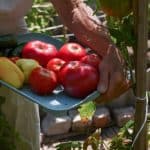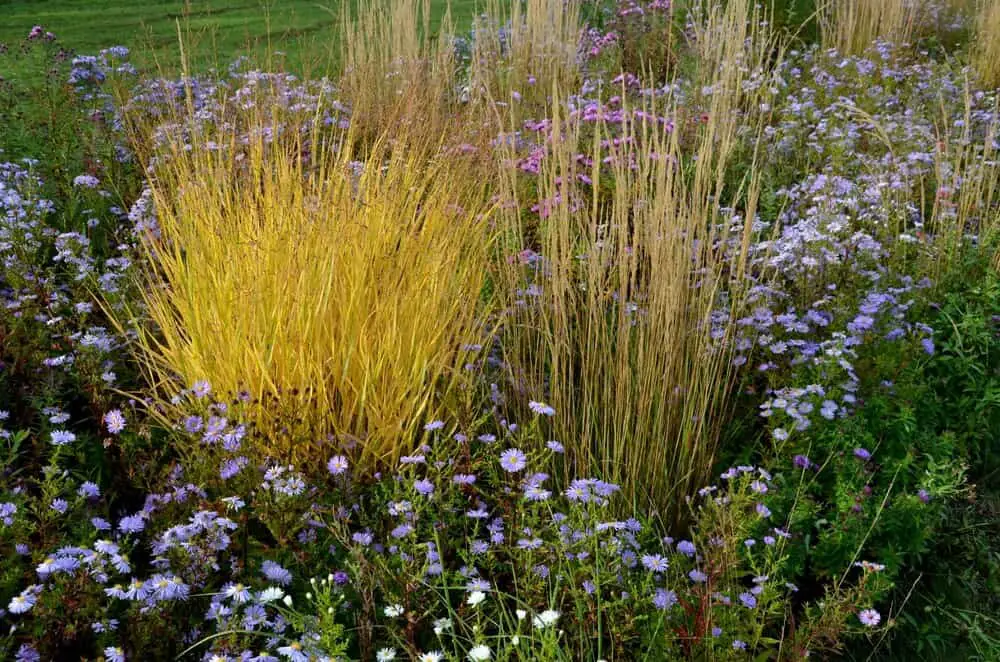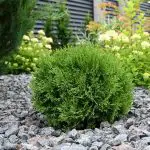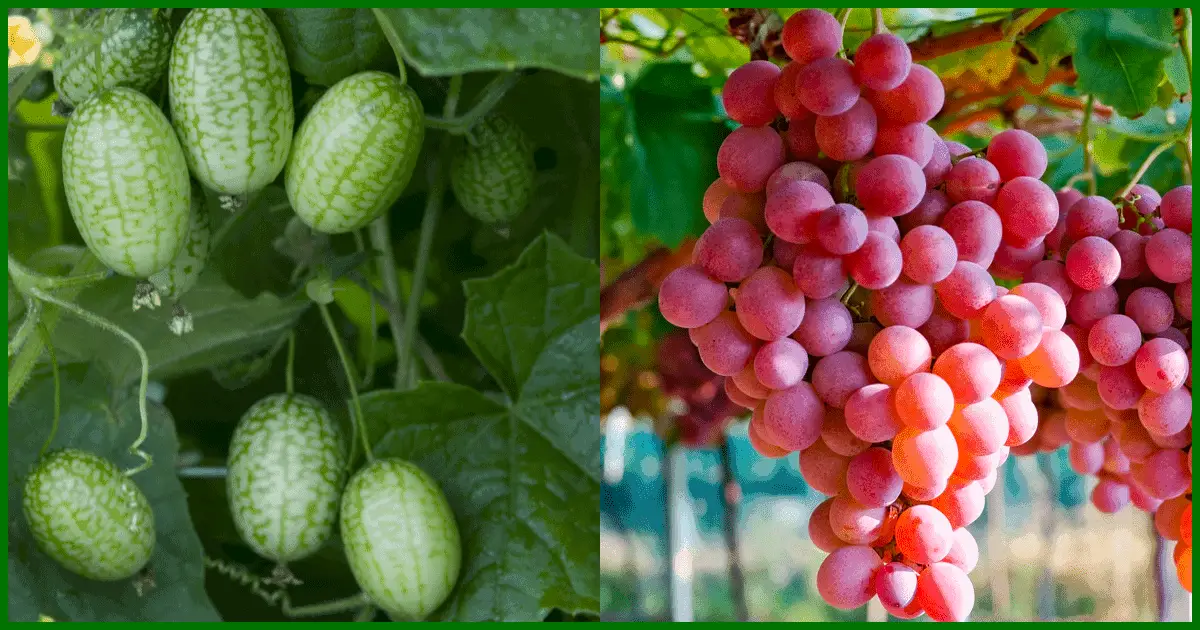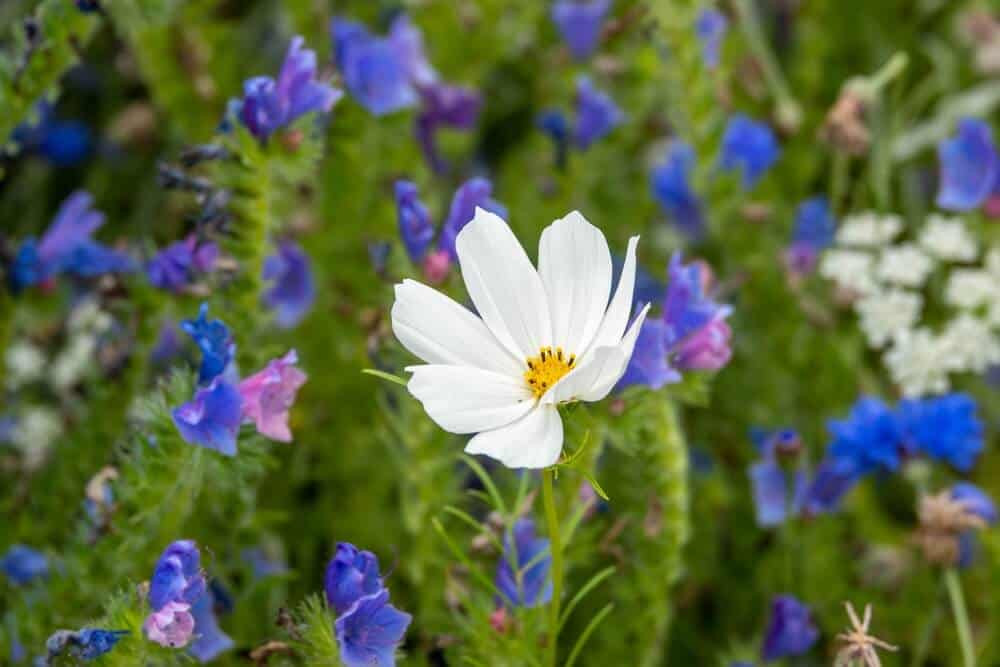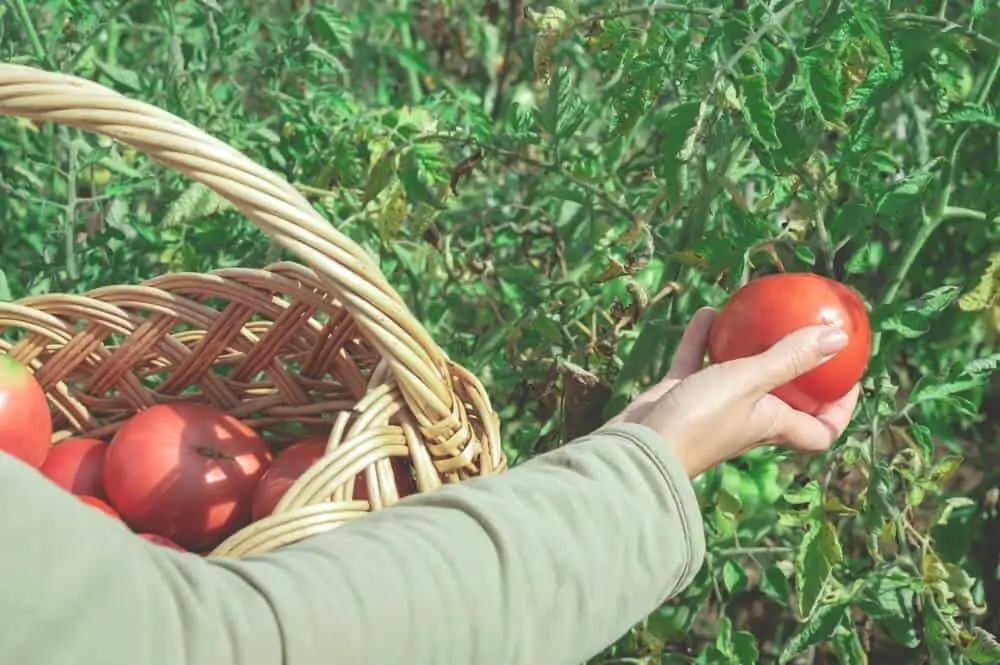Whether you choose to use a hanging basket because you want to utilize space or just can’t get enough growing room, they are the perfect addition to any yard.
Hanging baskets are commonly used for flowers to add a splash of color to an otherwise bland wall, but in reality, you can use them for whatever you’d like, and growing fruit is the perfect example.
Hanging baskets come in many shapes and varieties, and you can pick them up from any garden center.
Some are pre-planted and perfect for grab-and-go shoppers, and some are DIY, and if you’re thinking of using them for growing fruit, this is the option for you.
So you’ve bought your basket structure and compost; what next?
There are many types of fruit that grow on trees; these are not an option for the containment of a basket, but to help you out, here is a list of the top 5 fruits that grow happily in hanging baskets.
1. Strawberries
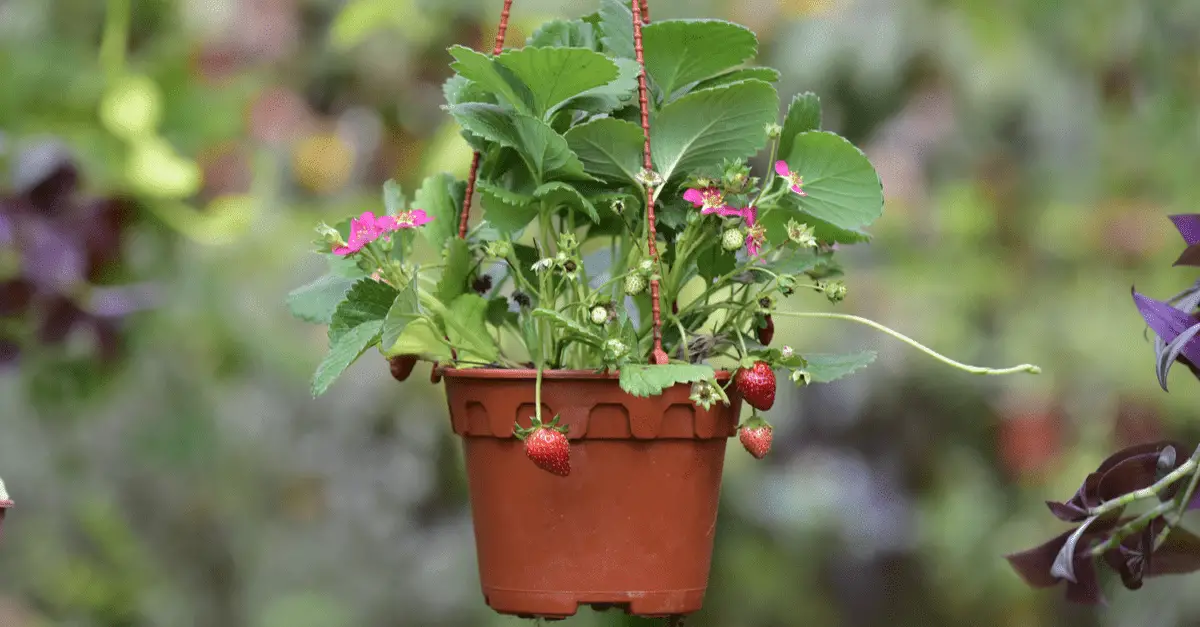
Strawberries take the top spot here. They are versatile and usually happy wherever you place them to grow, as long as they receive full sun for a large portion of the day—strawberries suit hanging baskets perfectly.
Strawberry plants are relatively delicate, and as the fruit begins to grow, they tend to droop.
Hanging baskets mean that your fruit won’t touch the ground, and this will save them from being nibbled by slugs and other insects.
You’ll still need to find protection from birds, though, who will eat all of them if given a chance.
Although you’ll want to grow as many strawberries as you can, make sure not to put too many plants into the basket and overcrowd; you’ll benefit more if you give the plant space to thrive.
Leaving about 8 inches between the plants means they are not fighting for their right to be there.
With strawberries grown in hanging baskets, you will have a full view of the delicate white flowers that, once pollinated, drop off to reveal the beginnings of the strawberry.
Watching the little yellow bulges develop in ripe red strawberries is a delight. You’ll then be able to see when they’re ready and enjoy them before something else does.
2. Tomatoes
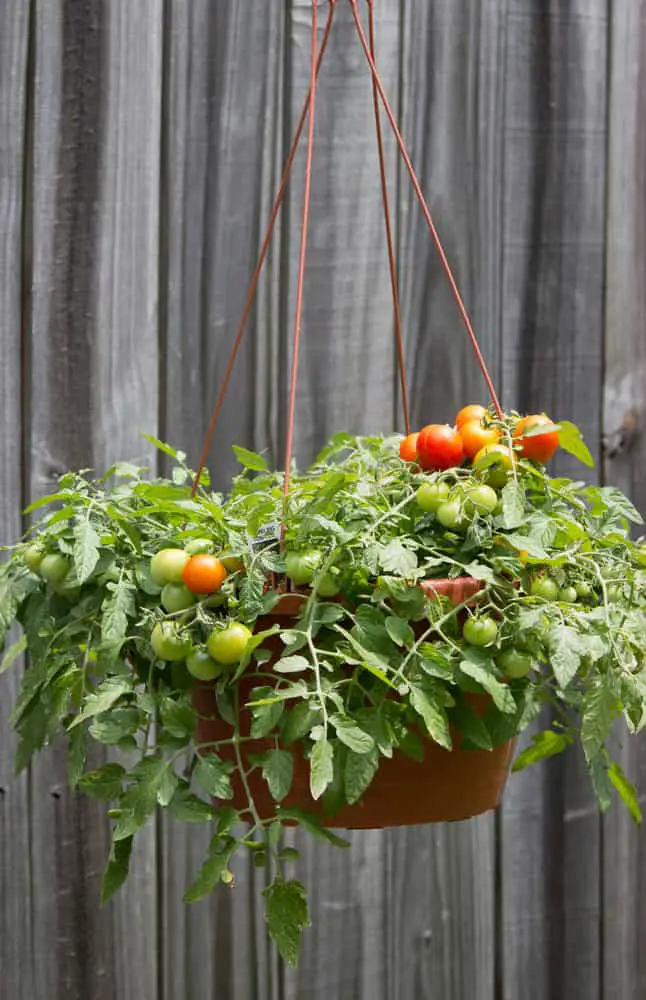
Second place goes to tomatoes, but only certain varieties. Tomatoes are usually grown vertically, using a pole to support them. This is the only option for some tomato varieties that produce large tomatoes.
If hanging baskets are your preference, look for Tumbling Tom and Red Robin. Both these make small and gorgeous tomatoes.
Tomatoes are particularly susceptible to a disease called blight, and hanging baskets could help you avoid it altogether because you’ll be keeping fruit well off the ground.
Hanging baskets also provide the perfect solution to late frosts and bad weather.
You can simply unhook them from their outside station and bring them into your greenhouse or a conservatory. This will also prolong their growing season.
3. Gooseberries
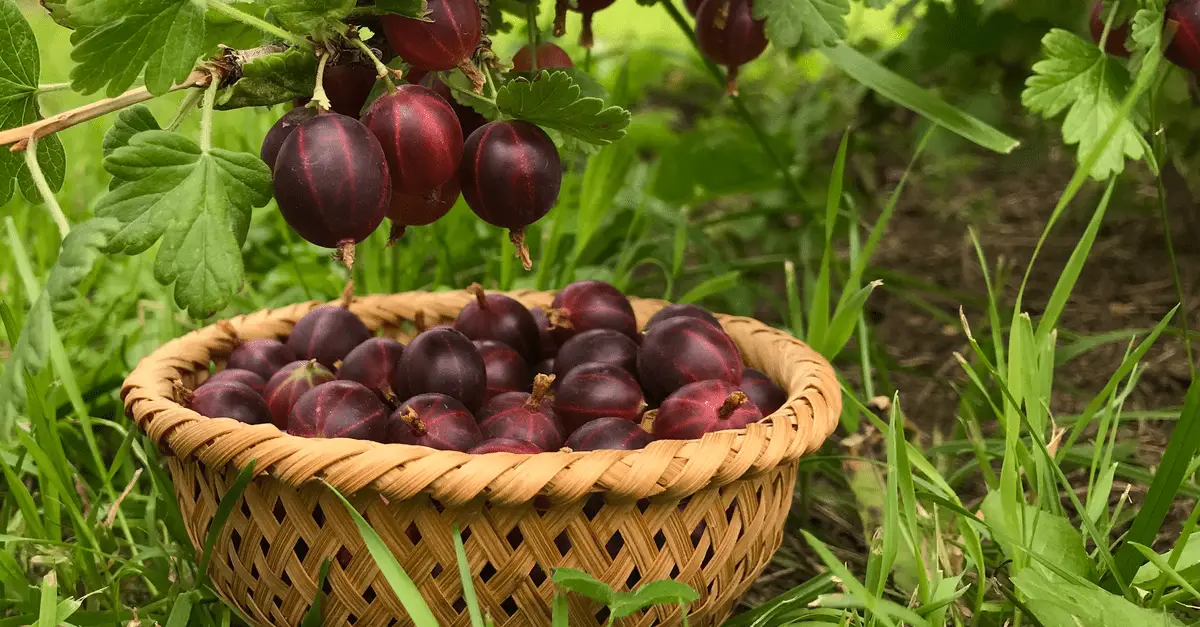
The once-banned gooseberry is making a quick comeback in most states across the US and is a great low-maintenance crop for your basket.
They might be a less common fruit to grow on your patch; however, they have a worthy place and are perfect for home cooks to create puddings, jams, and sauces.
Gooseberries complement other flavors like strawberries and elderflower.
When contemplating gooseberries growing, choosing a suitable variety for you and your basket is essential, as some taste decidedly sour, such as the Ribes hirtellum.
In contrast, others, like Black Velvet, are succulently sweet, but both are fantastic when used correctly.
Gooseberries love it when you get their soil conditions right, so include plenty of organic nutrients and ample drainage when getting them started.
However, gooseberries aren’t too concerned about the sun but won’t tolerate a windy position well.
When grown in containers, gooseberries have a bushy appearance, and when left to hang, the weight of the fruit will naturally cause the plant to cascade over the sides.
4. Cucamelon

Cucamelons are a cute fruit. Their name suggests a cross between a cucumber and a melon. In fact, it’s neither, but it is closer to a cucumber than a melon.
The melon aspect refers to its appearance, with the skin showing the same mottled shades as a watermelon.
Suited to more tropical climates, the cucamelon will be happy in warm, humid climates.
In zones 3-6, you’ll need to start cucamelons off inside and then plant out when the weather warms, although planting straight out is fine if you’re in zone 7 and above.
Cucamelons are quick-growing fruits and, if left unchecked, are likely to overtake. Hanging baskets provide the perfect solution because they don’t allow this.
Another advantage of growing cucamelons in a hanging basket is that it contains them.
If growing in the ground, cucamelons need support to avoid a tangled mess on the floor. But because they are a light plant, they’ll drape perfectly over the side of a hanging basket.
Although these little beauties will tolerate some shade, you’ll have the best yield if you find the sunniest spot and leave them to bask in the heat.
5. Raspberries
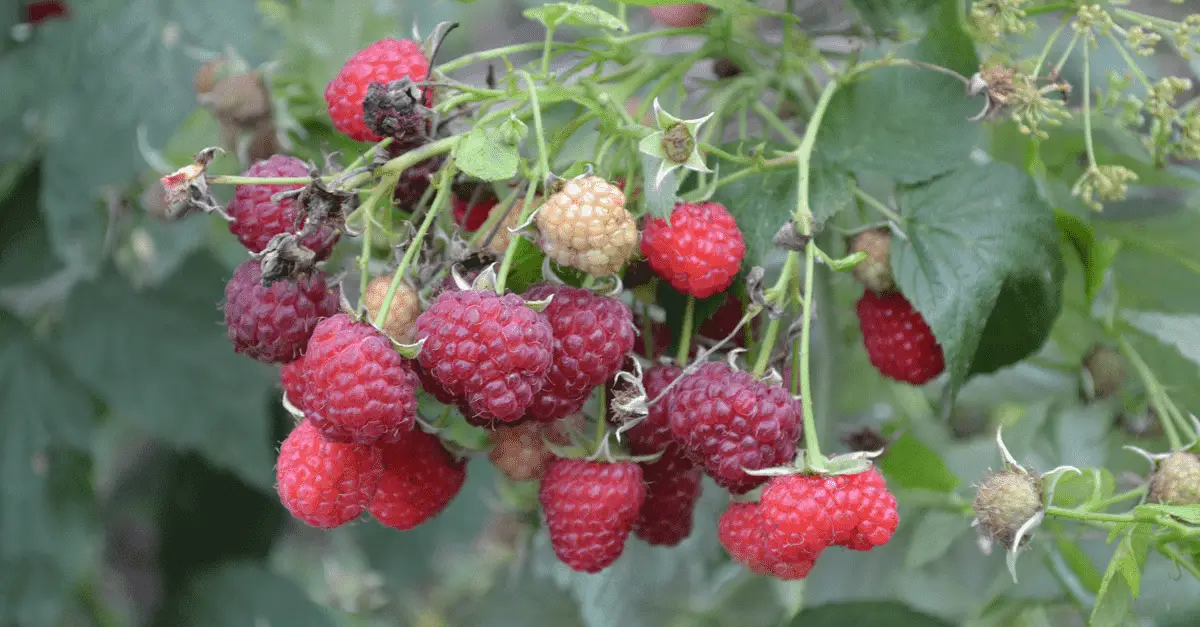
The juicy drupelets of a well-ripened raspberry are a delicious treat. A typical raspberry plant tends to grow quite large, so it’d be impossible to cultivate without the yard to which you can dedicate the space.
Luckily, certain varieties grow well in hanging baskets, so you don’t have to miss out if you don’t have the ground space.
Varieties such as Ruby Beauty are perfect for containers and developed to be smaller and more compact than others. It has the added benefit of being thornless and less painful when picking its fruit.
Because they are a member of the rose family, raspberries are not fussy but will always prefer a sunny position. They need plenty of nutrition throughout the growing season, so make sure to top them up often.
When it comes to the winter, prune back any stems that did produce raspberries this year and leave those that didn’t. The bare branches this year will be your fruit next year.
Top Tips
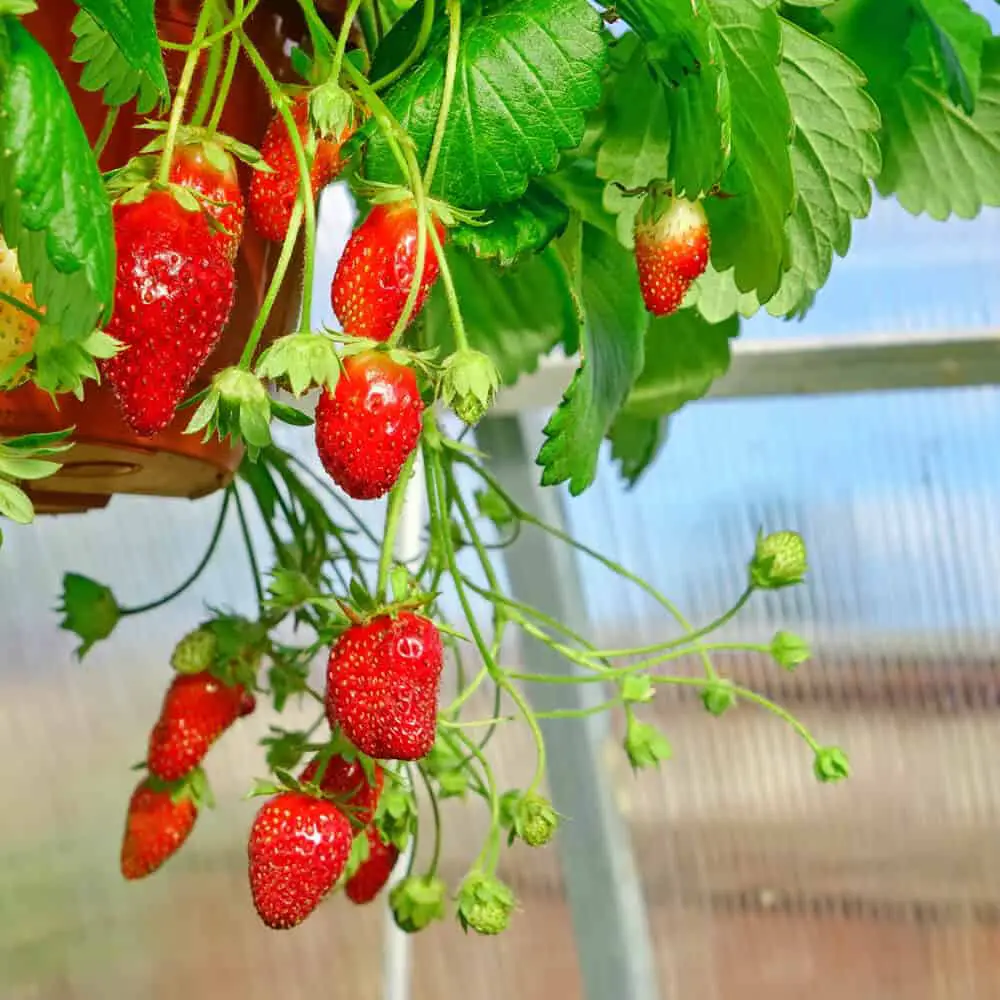
If planting these fruits in hanging baskets is for you, here are some top tips to keep them happy and healthy and provide you with fruit.
Keep on Top of Watering
Plants grown in pots or containers will dry out much quicker than those in the ground. Much of the moisture evaporates or spills out of the bottom.
Depending on your zone and how hot or humid it is, you could invest in an irrigation system that will eventually do the job.
Watch Out for Wind
You can attach many hanging baskets with no more than a hook. This could become a problem if you live in a windy spot.
If your basket repeatedly knocks into a wall, your fruit will not be happy. Make sure to attach your basket securely in whatever way works.

